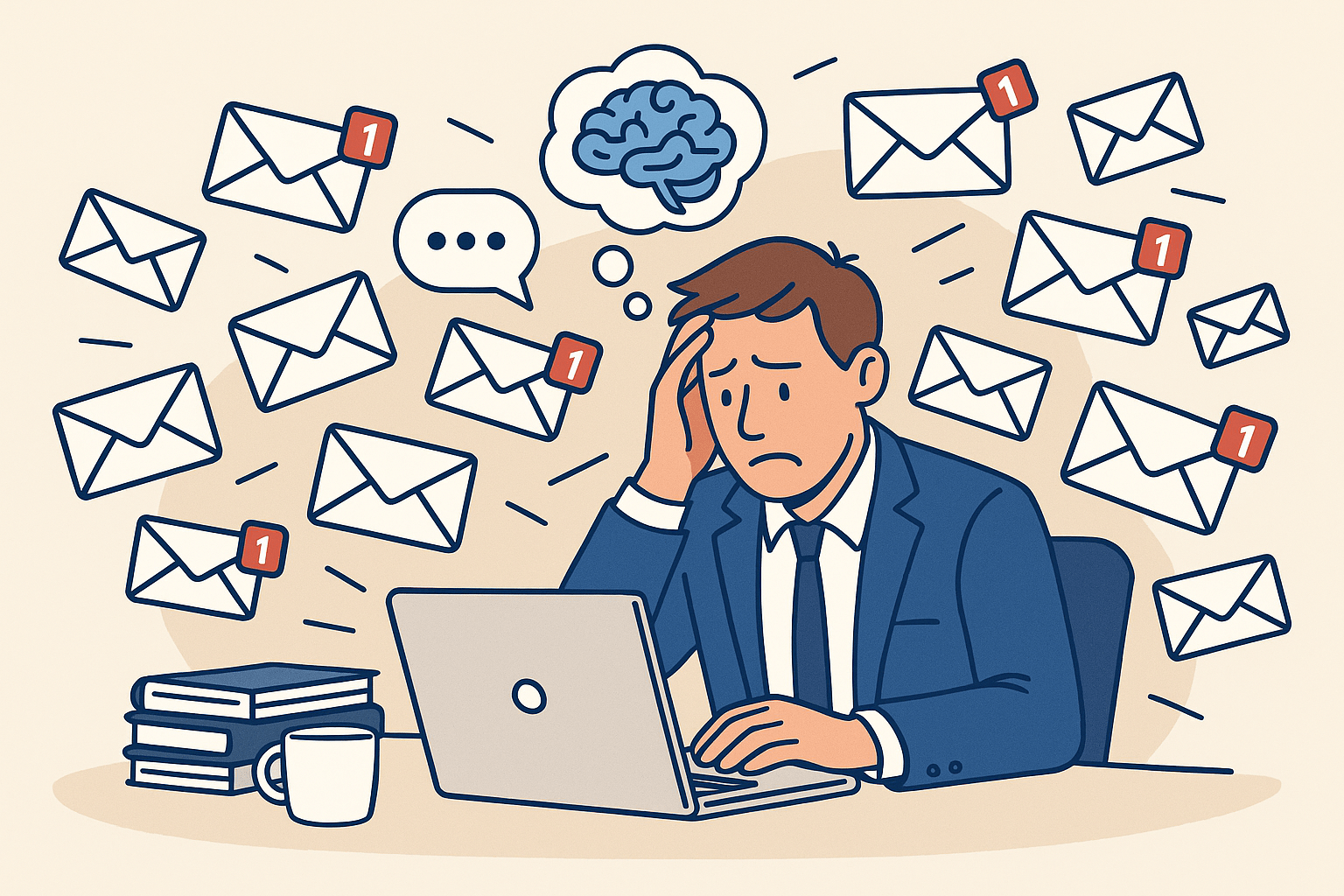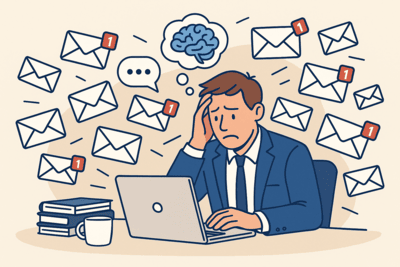After almost a decade in SaaS, you get used to wearing a lot of hats.
Product. Sales. Support. Customer success. I’ve been in all of it. I helped scale a product from zero to 20,000+ users and along the way, email slowly became my biggest source of friction.
Not because I lived in my inbox all day, but because everything important came through it. Bug reports meant for support. Feature requests that needed triaging. Sales intros. Renewals. Partner threads. Internal decisions. It was all mixed in one stream.
Even on a good day, things fell through the cracks. Important messages got buried. People waited too long. I’d follow up days later and feel terrible.
And I noticed the same thing happening to my colleagues. Product managers, sales leads, even support - everyone was trying to keep up, but inboxes weren’t built for the way modern teams actually work.
So I started building LetterLeaf.
Why email needs a brain
Email is still where high-stakes work happens. It’s where customers reach out, where teams align, and where the right response can mean the difference between momentum or delay.
But your inbox doesn’t help you prioritize. It treats a bug report, a “thank you,” and a major renewal the same.
LetterLeaf adds a layer of intelligence. It spots what matters, suggests replies in your voice, and escalates emails before they slip through. It’s like having an AI teammate who sees everything — and only pulls you in when you’re actually needed.
Not about inbox zero - just getting back control
I didn’t build LetterLeaf to hit inbox zero. I built it to stop waking up anxious about what I missed the day before.
With AI handling the repetitive, predictable stuff, I can focus on real conversations and real work, and stop being the bottleneck between product, sales, and support.
That’s the real goal: more focus, fewer misses, and an inbox that works with you.





